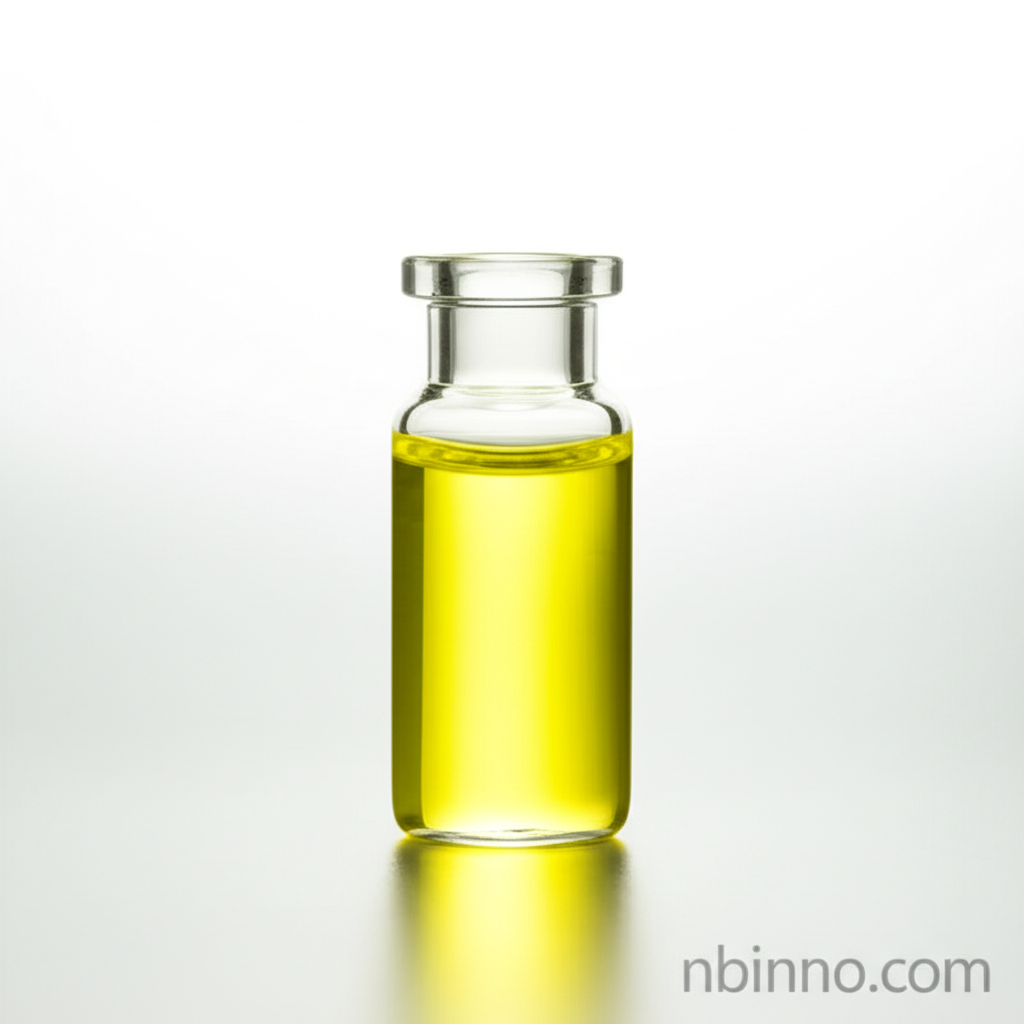Exploring 2-Fluoro-N-Methylaniline: A Key Intermediate in Organic Synthesis
Discover the critical properties, diverse applications, and synthesis methods of this essential chemical building block.
Get a Quote & SampleUnderstanding 2-Fluoro-N-Methylaniline

2-Fluoro-N-methylaniline
This compound, known as 2-Fluoro-N-methylaniline (CAS 1978-38-7), is a crucial component in the field of organic synthesis. Its distinct chemical structure, featuring fluorine and a methyl group on an aniline base, makes it a versatile intermediate. With a high assay of ≥99.0%, it is recognized for its purity and reliability, serving as a fundamental element in creating more complex molecules for various advanced applications.
- Understanding 2-Fluoro-N-methylaniline properties reveals its significance as a high-purity intermediate.
- Explore the diverse organic synthesis applications of this compound across multiple sectors.
- Learn about the CAS 1978-38-7 properties that make it suitable for demanding chemical processes.
- Discover why it's a preferred choice among pharmaceutical synthesis building blocks.
Key Advantages in Chemical Synthesis
Enhanced Reactivity
The presence of a fluorine atom in 2-Fluoro-N-methylaniline significantly influences its electronic properties, leading to enhanced reactivity and making it a sought-after intermediate for complex agrochemical intermediates.
Versatile Intermediate
As a versatile building block, it plays a pivotal role in the synthesis of pharmaceuticals and agrochemicals, enabling the creation of specialized molecules for advanced applications.
High Purity and Stability
With an assay of ≥99.0% and stable physical properties, this compound guarantees consistent performance in various chemical transformations, supporting reliable pharmaceutical synthesis building blocks.
Key Applications of 2-Fluoro-N-methylaniline
Pharmaceutical Development
Utilized as an intermediate in the production of active pharmaceutical ingredients (APIs), especially for drugs targeting neurological disorders, highlighting its importance in pharmaceutical synthesis building blocks.
Agrochemical Formulations
Contributes to the development of effective crop protection agents, showcasing its role in creating advanced agrochemical intermediates.
Aromatic Compound Synthesis
Serves as a precursor in the synthesis of other aromatic compounds essential for dyes, pigments, and specialty chemicals, underscoring its value in organic synthesis.
Material Science
Applied in the formulation of advanced materials, including polymers and coatings, where specific chemical properties are required for enhanced durability and performance.
